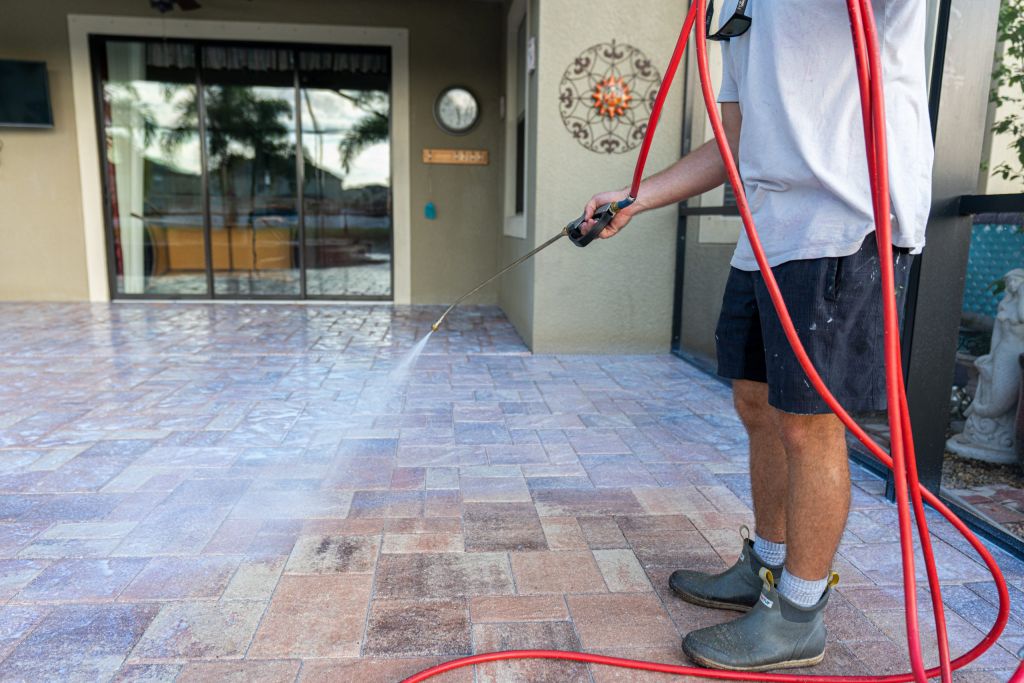Pavers – What size and pattern can you use?
Pavers can be a beautiful addition to your home whether it be in a driveway, garden, or pool area. But as you look around those areas and dream of how it might come to life, you might be confused as to what type and specifically size of paver might work. Here are a few ideas to help guide you as you begin your paver journey.
SIZE
Pedestrian areas and residential driveways can achieve interlock with 2 3/8-inch thick pavers. But due to the added weight and activity, pavements where cars or heavy equipment will go over require 3 1/8-inch thick pavers.
Size of pavers will determine how much force from braking and accelerating tires that the surface can handle. Since interlock decreases as the unit of paver size increases, you should understand that larger pavers should not be used where cars or other similarly heavy equipment will be used.
A useful rule is length divided by width, sometimes called aspect ratio. When it exceeds 4, the units generally aren’t suited for constant vehicular traffic. When the aspect ratio is between three and four, pavers can be used in areas with limited vehicular use such as residential driveways. A 4 x 8 x 2 3/8-inch or a 6 x 12 x 3 1/8-inch paver falls into this range and is suited for residential driveways. Pavers with an aspect ratio of three or less can be used in any vehicular application.
PATTERNS
If you’ve noticed that most pavers are laid in similar patterns, that’s because it’s that pattern that can add to its strength and durability. The paver industry recommends using a herringbone pattern because there is discontinuity in the bond line pattern and no joint is longer than one and a half pavers. As more and more paver styles emerge on the marketplace, you will see popular patterns that can resist repeated forces from wheel loads.
Larger units (often 12×12 inch and larger) are called paving slabs. ICPI recommends using units at least 3 1/8-inches thick for driveways. It is a good idea to limit the amount to well under half of the- area. Keeping the larger slab units out of expected driveway wheel tracks will also help maintain a stable surface. If running bond patterns are used in a residential driveway, bond lines should run perpendicular to the wheel travel direction.
Using well-compacted crushed stone road base material placed under an inch of bedding sand along with proper use of sand joint, will give these herringbone patterns the highest load-spreading ability compared to other patterns.

